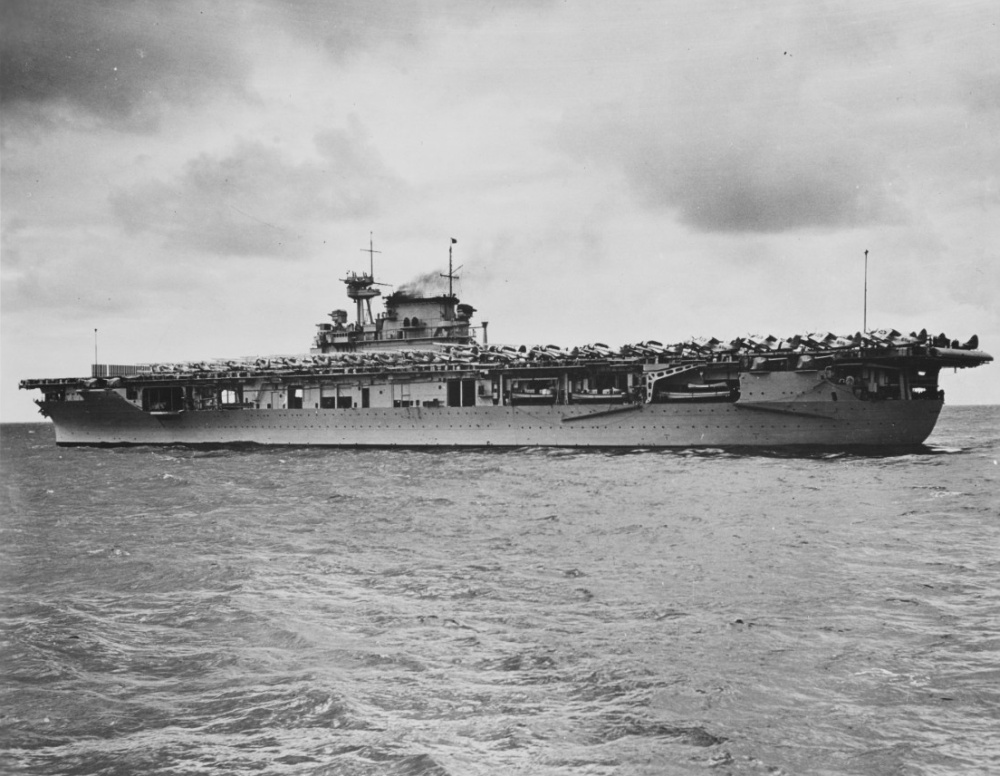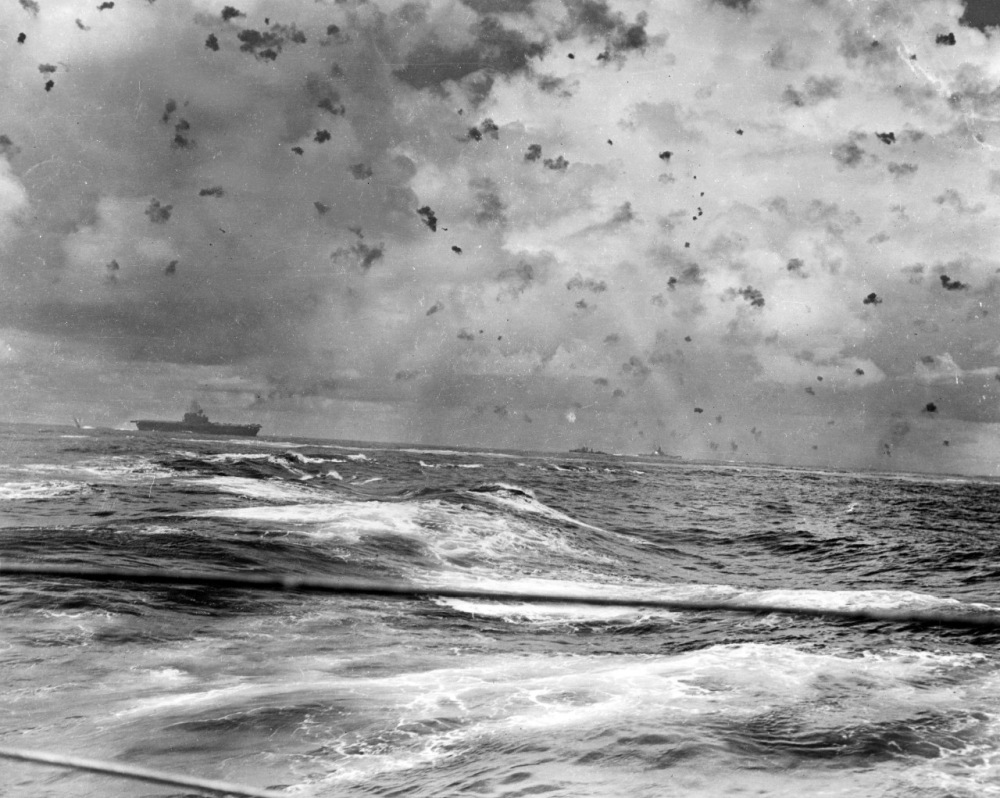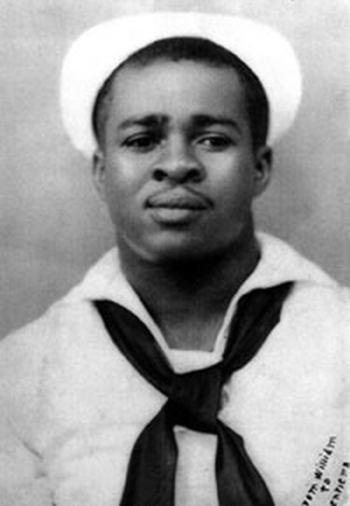William Pinckney (1915 – 1976)
William Pinckney was born in South Carolina as the child of Renty and Jenny Pinckney on the 27th April 1915. The family was struggling to make a living since his childhood. William's father was working as a carpenter for many shrimpers in and around his birthplace. William's mother died when he was 8, and his elder sister Ethel had to bring him up. A few years later, William quit school and started working for himself. He only finished the 7th grade. Just like his father, he started working as a carpenter on the waterfront. Eventually, he worked with his brother-in-law until he joined the Navy.[1]
Henrietta Pinckney
When William was attending the Robert Falls Elementary School, he met Henrietta Pinckney. She was five years younger. They became friends and eventually fell in love with each other. When she was 15, he asked her for a dance for the first time, and 8 years later, on the 6th November 1943, they married in the Beaufort Courthouse. On the 3rd August 1938, Pinckney joined the Navy to see the world. He completed his bootcamp at the Great Lakes of Illinois, and after he passed the rest of the training, in December 1939 he became a crew member of the aircraft carrier USS Enterprise, nicknamed "The Big E".[2]
USS Enterprise
The Enterprise was built in 1934 and commissioned in 1938. She avoided the disaster of Pearl Harbor, as the carrier was 200 miles away from the island, after having delivered naval aircraft to Wake Island. Some of Enterprise's aircraft went missing in the chaos, when they were sent off to Pearl Harbor. They were shot down by Japanese planes and American anti-aircraft defenses, because their crews mistook them for Japanese aircraft. At least one aircraft was lost in a collision: the Dauntless dive bomber piloted by James Vogt and Sidney Pierce collided with the Aichi D3A dive bomber piloted by Koreyoshi Sotoyama and Hajime Murao.[3]

USS Enterprise on her way to Pearl Harbor on the 8th October 1939 Source: Naval History and Heritage Command
In February and March 1942, Enterprise participated in various bombardments against Japanese installations on the Marshall Islands, Wake and Minami Torishima. On the 18th April 1942, the ship participated in the Doolittle Raid, where the Japanese mainland was attacked by bombers taking off from the aircraft carrier USS Hornet (CV-8). 25 B-25 Mitchells took off, while USS Enterprise's fighters provided coverage. Both ships then returned to Pearl Harbor, where they arrived on the 25th April.
During the Battle of Midway (4th to 7th June 1942) Enterprise's dive bombers scuttled Japanese aircraft carriers Akagi and Kaga. Also, they helped to make Hiryu, another aircraft carrier, go to the bottom as well. Enterprise herself remained undamaged. In August 1942, during the battle for the Solomon Islands, the ship wasn't that lucky. She was hit by three bombs, while four other bombs nearly missed Enterprise. As a result, fires broke out on the ship, and the four misses distorted the hull of the ship. The helm got stuck, which almost caused a collision with another American ship. 74 men died and 95 men got wounded; later, four of them would die from their injuries. Battered, but under her own power, Enterprise and her crew returned to Pearl Harbor.
The ship was repaired just on time to participate in the Battle of the Santa Cruz Islands in October 1942. She departed on the 16th October 1942; on the 26th October it got in a battle with Japanese aircraft. The ship got hit by bombs twice. The first one exploded just near the ship, after it made its way through the deck and the hull. It resulted in two small fires. The second bomb damaged the ship too and made one of the elevators stuck. Two more small fires broke out. One bomb that exploded near the ship, underwater, caused a deformation of the hull. 44 crew members died and 75 got wounded.[4]

USS Enterprise (on the left) during the Japanese attack on the 26th October 1942. The airspace is filled with explosions from the anti-aircraft guns. Source: Naval History and Heritage Command
That day, Pinckney was with five other crew members in the ammunition handling room, near the repair shop. The explosion that followed killed four men instantly, and Pinckney and his mate Jim Bagwell became unconscious. They were the only two of the original six who regained consciousness in the dark room. Chaos was everywhere, and smoke and gasoline vapors smothered their lungs. Light came in from the hangar deck above through a broken hatch. Jim Bagwell tried to climb up, but when he grabbed the deck, he screamed and fell back. Due to a fire, the metal of the hatch had become red-hot. Pinckney lifted his fallen mate and pushed him out through the hatch. Then he returned to the room that was already in flames for a quick check to see if anyone was still alive. Only then he brought himself to safety.[5]
Once on deck, he collapsed and was given medical treatment. William remained modest about the incident: "Well, I did help a little here and there." Going back into the fire was, according to him, the right thing to do, but unfortunately, the others were all dead. Pinckney had wounds from flying shrapnel and third-degree burns. He was assigned to a base in San Diego, California, and stayed there until he left work as Cook First Class.
For this deed aboard USS Enterprise he was awarded the Purple Heart and eventually the Navy Cross as was announced in August 1943. He was the second African-American after Doris Miller to receive this award[6].
The citation reads:
"The President of the United States of America takes pleasure in presenting the Navy Cross to Ship's Cook Third Class William Pinckney, United States Navy, for extraordinary heroism and devotion to duty while serving on board the Aircraft Carrier U.S.S. ENTERPRISE (CV-6), in action against the enemy during the operations of the U.S. Naval Forces north of the Santa Cruz, Islands, on 26 October 1942. When a heavy bomb exploded in the near vicinity, Ship's Cook Third Class Pinckney, standing at his battle station in the ammunition handling room, was knocked unconscious. With several compartments completely wrecked and four of his five comrades killed, he, regaining consciousness, groped his way through the burning and tangled wreckage to a point under an open hangar deck hatch. Just as he was about to escape he found a shipmate, the only other survivor of his party, struggling up through the hatch. When the man fell unconscious, either from his wounds or from smoke fumes, Ship's Cook Third Class Pinckney, unmindful of his own danger, lifted his comrade through the hatch to safety before he himself battled his way out of the burning and smoke-filled compartment. By his dauntless courage in saving his comrade's life at great risk to his own, Ship's Cook Third Class Pinckney upheld the highest traditions of the United States Naval Service.".[7]
USS Pinckney
In addition to the Navy Cross, Pinckney was awarded two other medals: the Asiatic-Pacific Campaign Medal and the World War II Victory Medal. On the 30th June 1946, William left the Navy. He and Henrietta left for Brooklyn, New York, where William joined the Merchant Navy and Henrietta started to work as a telephone operator. Pinckney enjoyed the simple things in life, like dancing to the jazz music by Duke Ellington. His favorite basketball team was the Brooklyn Dodgers. He loved watching them play, while he was eating Coney Island Hotdog, a hotdog with a special sauce and pickled onions with French fries. He also loved cooking and often used to take it over from his wife. There was one vegetable he didn't like: beets.
Pinckney died on the 21st of July 1976, after struggling with cancer for two years. He often became emotional, when people asked him about his years in the Navy, he was "proud to serve". Many years later, an American destroyer was named after him. This ship belonged to the Arleigh Burke class, named after Pinckney's former captain. The ship was launched in 2004. Pinckney's taste preferences have been taken into account on the ship named after him, as no beets are served on board.
When Henrietta Pinckney, 80 years old at the time, was told about the decision to name a ship after her husband, she said: "Last night, I was so excited I couldn't sleep. I'm so proud of him. I just wish they did it before he passed away." According to Henrietta, her husband had never found out who he saved and what his name was. "He risked his life to save someone else. He didn't care about his own life."[8]
Notes
- ‘Named for Navy Cook First Class William Pinckney’, www.public.navy.mil (19 november 2018).
- ‘Named for Navy Cook First Class William Pinckney’, www.public.navy.mil (19 november 2018).
- Naval history and heritage command, ‘Enterprise VII (CV-6) 1938-1956’ (10 juli 2017), www.history.navy.mil (19 november 2018).
- Naval history and heritage command, ‘Enterprise VII (CV-6) 1938-1956’ (10 juli 2017), history.navy.mil (19 november 2018).
- J. D. Kitson, ‘Cook 3rd class William Pinckney’, www.military.com (19 november 2018); ‘Named for Navy Cook First Class William Pinckney’, www.public.navy.mil (19 november 2018).
- ‘Named for Navy Cook First Class William Pinckney’,www.public.navy.mil (19 november 2018).
- The Hall of Valor, ‘William Pinckney’, valor.militarytimes.com (19 november 2018).
- Kitson, ‘Cook 3rd class William Pinckney’, www.military.com (19 november 2018).
Definitielijst
- destroyer
- Very light, fast and agile warship, intended to destroy large enemy ships by surprise attack and eliminating them by using torpedoes.
- Midway
- Island in the Pacific where from 4 to 6 June 1942 a battle was fought between Japan and the United States. The battle of Midway was a turning point in the war in the Pacific resulting in a heavy defeat for the Japanese.
- Purple Heart
- American military award. Awarded to those who got wounded during war.
- Raid
- Fast military raid in enemy territory
Information
- Article by:
- Samuel de Korte
- Translated by:
- Liza de Groot
- Published on:
- 19-01-2025
- Feedback?
- Send it!




